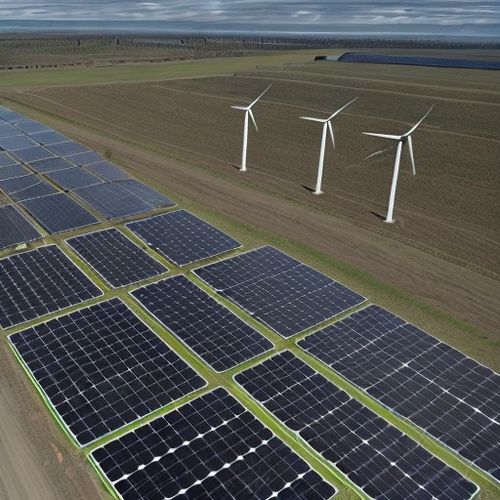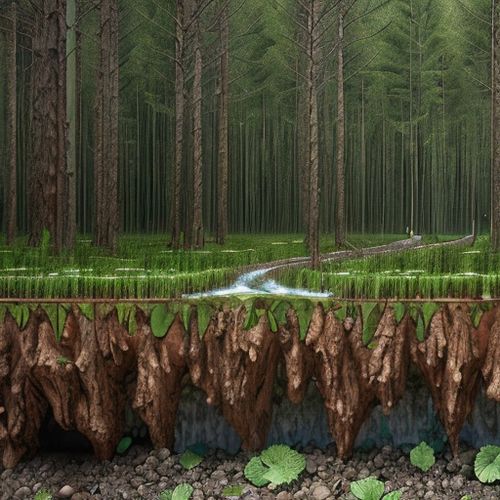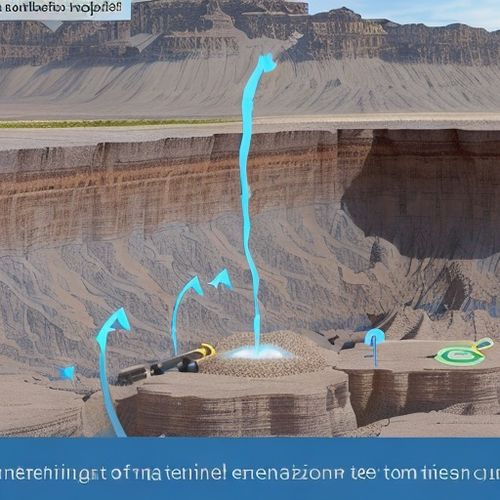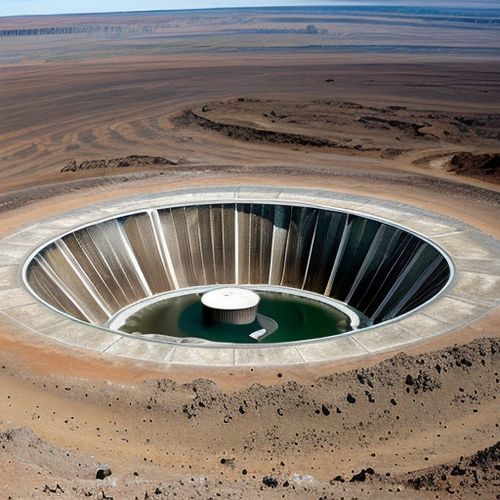The intricate relationship between forests and water utilization has long fascinated ecologists and hydrologists alike. As climate patterns shift and human demands on freshwater resources intensify, understanding how woody ecosystems regulate the movement and consumption of moisture becomes increasingly critical. Forests don't merely passively receive precipitation; they actively participate in Earth's hydrological cycle through sophisticated biological mechanisms that have evolved over millennia.
At dawn in a temperate rainforest, one can observe dew forming on countless needles of coniferous trees before evaporating with the morning sun. This seemingly simple phenomenon belies the complex interplay between vegetation and atmospheric moisture. The canopy architecture of different tree species creates unique microclimates that influence everything from local humidity levels to the formation of low-lying clouds. Studies in the Amazon basin have revealed that up to half of rainfall in some regions originates from moisture transpired by the forest itself—a breathtaking example of nature's self-sustaining systems.
Root systems represent another marvel of hydrological engineering. The fine root networks of mature trees can extend hundreds of meters laterally, tapping into water sources far beyond the drip line of their canopies. In Mediterranean ecosystems, certain oak species send roots plunging dozens of meters downward to access groundwater during prolonged dry seasons. These adaptations don't occur in isolation—mycorrhizal fungi form symbiotic relationships with tree roots, dramatically increasing their water-absorbing surface area while receiving carbohydrates in return.
The concept of water use efficiency varies remarkably across forest types. Tropical rainforests, despite their lush appearance, often demonstrate surprisingly conservative water usage through specialized leaf structures and stomatal regulation. Contrast this with riparian cottonwoods in North America, which willingly transpire vast quantities of water to maintain rapid growth rates. Such differences underscore how evolutionary pressures shape water management strategies—where some species prioritize conservation, others opt for profligate expenditure when resources abound.
Seasonal changes introduce another layer of complexity to forest hydrology. Deciduous trees undergo dramatic physiological transformations as they enter dormancy, effectively eliminating water loss through leaves during winter months. Evergreens employ alternative strategies—waxy needle coatings, antifreeze compounds, and the ability to photosynthesize at lower temperatures allow them to maintain limited water uptake even in frozen soils. These contrasting approaches create distinct hydrological signatures across biomes, influencing everything from streamflow timing to aquifer recharge rates.
Human alterations to forest cover have produced measurable impacts on regional water cycles. The replacement of old-growth stands with younger plantations often reduces fog interception while increasing overall evapotranspiration rates. In the Pacific Northwest, studies comparing watersheds with different logging histories revealed that mature conifer forests release water more gradually throughout the year compared to recently harvested areas, which exhibit sharper flow peaks and longer dry periods. Such findings carry profound implications for water resource management in forested regions.
Climate change introduces new variables into the forest-water equation. Rising temperatures accelerate evaporation rates while altering precipitation patterns—shifting the delicate balance that forest ecosystems have adapted to over centuries. Some boreal forests now experience hydrological stress not from decreased rainfall, but from warmer winters that reduce snowpack—their traditional water storage system. Meanwhile, tropical montane cloud forests face existential threats as rising cloud bases deprive them of moisture-laden fog, their lifeblood during dry seasons.
Innovative research methods are shedding light on previously obscure aspects of forest water use. Isotope analysis allows scientists to trace water molecules from soil through roots and ultimately into the atmosphere, revealing species-specific transportation pathways. Advanced lidar systems map canopy structure in three dimensions, correlating architectural features with rainfall interception capacity. These technological advances, combined with long-term ecological monitoring, are helping predict how forests might respond to future hydrological changes.
The cultural dimensions of forest-water relationships deserve equal consideration. Indigenous water management practices, honed through generations of observation, often demonstrate sophisticated understanding of these ecological connections. From the qanats of Persia that tap into mountain forests' groundwater to the traditional Hawaiian ahupua'a system that integrates watershed management from ridgeline to reef, human societies have developed diverse approaches to harnessing forest hydrology sustainably.
As research continues to unravel the complexities of forest water utilization, one truth becomes increasingly clear: these ecosystems serve as Earth's natural water towers, regulating quantity and quality far beyond their physical boundaries. Their preservation and restoration may prove essential for maintaining stable hydrological cycles in an era of climate uncertainty—a lesson written in the language of xylem and phloem, rainfall and runoff, evaporation and condensation.

By Megan Clark/Apr 19, 2025

By Thomas Roberts/Apr 19, 2025

By Thomas Roberts/Apr 19, 2025

By Emily Johnson/Apr 19, 2025

By Samuel Cooper/Apr 19, 2025

By Samuel Cooper/Apr 19, 2025

By George Bailey/Apr 19, 2025

By Joshua Howard/Apr 19, 2025

By William Miller/Apr 19, 2025

By Emily Johnson/Apr 19, 2025

By William Miller/Apr 19, 2025

By James Moore/Apr 19, 2025

By Joshua Howard/Apr 19, 2025

By William Miller/Apr 19, 2025

By James Moore/Apr 19, 2025

By Elizabeth Taylor/Apr 19, 2025

By Grace Cox/Apr 19, 2025

By Grace Cox/Apr 19, 2025

By Joshua Howard/Apr 19, 2025

By David Anderson/Apr 19, 2025